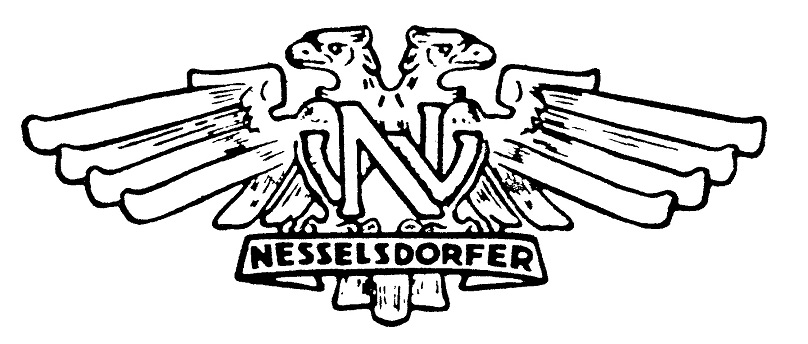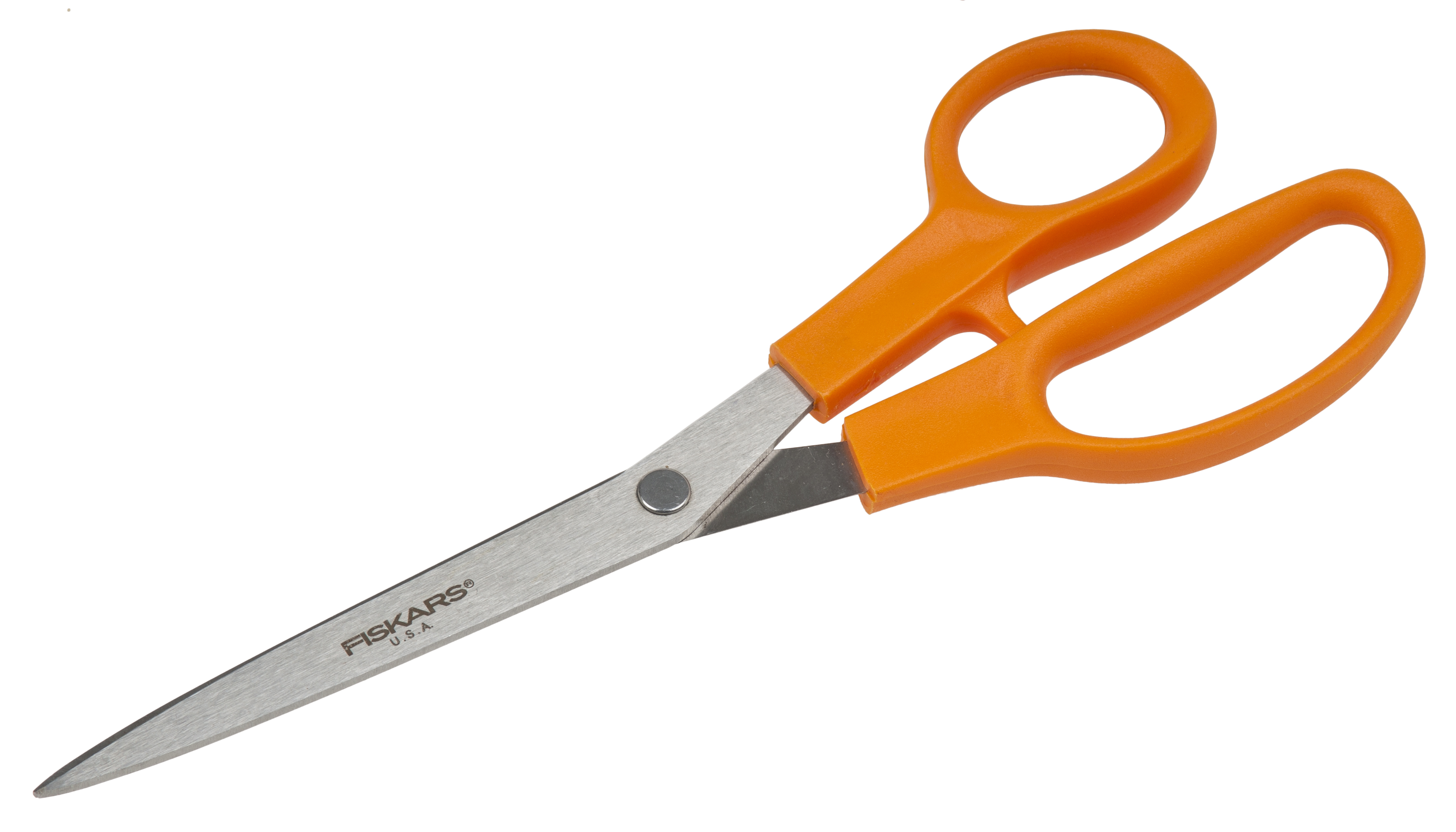|
Zdeněk Kovář
Zdeněk Kovář (26 January 1917, in Vsetín – 21 June 2004, in Zlín) was a renowned Czech industrial designer. Life Kovář trained as a shoemaker in Baťa's factory in Zlín, then as locksmith and later as engineer. He studied under prominent Czech sculptor Vincenc Makovský at Zlín's Art School from 1939 where he became interested in industrial design. He graduated there in 1943. He continued to work at Zlín for Baťa creating body designs for vertical drilling machines. In 1947 he founded an industrial design studio in the Zlín Technical College. From 1959 he taught at the Institute of Arts & Crafts in Prague. Kovář was also a sculptor. His industrial designs involved projects for scissor and tool handles, lever door handles, sewing machines, lathes, typewriters, film projectors, record players. His most well-known proposals are for the Tatra truck bodies for types T137 and T138 (1956–1958) and studies for the passenger car Tatra T603 (1954). His design for scissors ... [...More Info...] [...Related Items...] OR: [Wikipedia] [Google] [Baidu] |
Vsetín
Vsetín () is a town in the Zlín Region of the Czech Republic. It has about 25,000 inhabitants. Originally a small town, Vsetín has become an important centre of industrial, economic, cultural and sports life during the 20th century. Administrative division Vsetín consists of three municipal parts (in brackets population according to the 2021 census): *Vsetín (20,421) *Horní Jasenka (780) *Rokytnice (3,757) Etymology The name Vsetín was derived from the personal Slavic name Vsata, Seta, Sěntoslav or Svatoslav. It was probably the name of a man who was tasked with deforesting the area and establishing the first fields. The first name used was ''Setteinz'', the name ''Wssetin'' was used since 1396. Geography Vsetín is located about northeast of Zlín and west of Žilina in Slovakia. It lies in a hilly landscape of the Hostýn-Vsetín Mountains. The highest point of the municipal territory is the Cáb mountain with an elevation of , which is located on the eastern bor ... [...More Info...] [...Related Items...] OR: [Wikipedia] [Google] [Baidu] |
Zlín
Zlín (in 1949–1989 Gottwaldov; ; ) is a city in the Czech Republic. It has about 75,000 inhabitants. It is the seat of the Zlín Region and it lies on the Dřevnice River. It is known as an industrial centre. The development of the modern city is closely connected to the Bata Corporation, Bata Shoes company and its social scheme, developed after World War I. A large part of Zlín is urbanistically and architecturally valuable and is protected as an Cultural monument (Czech Republic)#Monument zones, urban monument zone. Administrative division Zlín consists of 16 municipal parts (in brackets population according to the 2021 census): *Zlín (48,317) *Prštné (3,345) *Louky (1,027) *Mladcová (2,525) *Příluky (2,931) *Jaroslavice (822) *Kudlov (2,195) *Malenovice (7,156) *Chlum (144) *Klečůvka (332) *Kostelec (1,909) *Lhotka (235) *Lužkovice (634) *Salaš (195) *Štípa (1,798) *Velíková (613) Prštné, Louky, Mladcová, Příluky, Jaroslavice, Kudlov and Malenovice are ... [...More Info...] [...Related Items...] OR: [Wikipedia] [Google] [Baidu] |
Bata Shoes
The Bata Corporation (known as Bata, and in the Czech Republic and Slovakia, known as Baťa, ) is a multinational footwear, apparel and fashion accessories manufacturer and retailer of Moravian (Czech) origin, headquartered in Lausanne, Switzerland. A family-owned business for over 125 years, the company is organized into three business units: Bata, Bata Industrials (safety shoes) and AW Lab (sports style). Bata is a portfolio company with more than 20 brands and labels, such as Bata, North Star, Power, Bubblegummers, sprint, Weinbrenner, Sandak, and Toughees. Origins and history Foundation The T. & A. Baťa Shoe Company was founded on 21 September 1894 in the Moravian town of Zlín, Austria-Hungary (today in the Czech Republic), by Tomáš Baťa, his brother Antonín and his sister Anna, whose family had been cobblers for generations. The company employed 10 full-time employees with a fixed work schedule and a regular weekly wage. In the summer of 1895, Tomáš was facing ... [...More Info...] [...Related Items...] OR: [Wikipedia] [Google] [Baidu] |
Prague
Prague ( ; ) is the capital and List of cities and towns in the Czech Republic, largest city of the Czech Republic and the historical capital of Bohemia. Prague, located on the Vltava River, has a population of about 1.4 million, while its Prague metropolitan area, metropolitan area is home to approximately 2.3 million people. Prague is a historical city with Romanesque architecture, Romanesque, Czech Gothic architecture, Gothic, Czech Renaissance architecture, Renaissance and Czech Baroque architecture, Baroque architecture. It was the capital of the Kingdom of Bohemia and residence of several Holy Roman Emperors, most notably Charles IV, Holy Roman Emperor, Charles IV (r. 1346–1378) and Rudolf II, Holy Roman Emperor, Rudolf II (r. 1575–1611). It was an important city to the Habsburg monarchy and Austria-Hungary. The city played major roles in the Bohemian Reformation, Bohemian and the Protestant Reformations, the Thirty Years' War and in 20th-century history a ... [...More Info...] [...Related Items...] OR: [Wikipedia] [Google] [Baidu] |
Tatra (company)
Tatra is a Czech vehicle manufacturer from Kopřivnice. It is owned by the TATRA TRUCKS a.s. company, and it is the third oldest company in the world producing motor vehicles with an unbroken history. The company was founded in 1850 as ''Ignatz Schustala & Cie''. In 1890 the company became a joint-stock company and was renamed the ''Nesselsdorfer Wagenbau-Fabriksgesellschaft''. In 1897, the ''Nesselsdorfer Wagenbau-Fabriksgesellschaft'' produced the Präsident, which was the first factory-produced automobile with a petrol engine to be made in Central and Eastern Europe. The First Truck was made a year later, in 1898. In 1918, the company was renamed ''Kopřivnická vozovka a.s.'', and in 1919 it changed from the Nesselsdorfer marque to the ''Tatra'' badge, named after the nearby Tatra Mountains on the Czechoslovak- Polish border (now on the Polish- Slovak border). In the interwar period, Tatra came to international prominence with its line of affordable cars based on ba ... [...More Info...] [...Related Items...] OR: [Wikipedia] [Google] [Baidu] |
Tatra T603
The Tatra 603 is a large rear-engined luxury car which was produced by the Czechoslovak company Tatra from 1956 to 1975. It was a continuation of the series of Tatra streamlined sedans which began with the Tatra 77. In Socialist Czechoslovakia, only high-ranking party officials and heads of factories were driven in 603s; the car was also exported to a number of other countries. History Tatra was the manufacturer of luxurious automobiles in the Czech lands. Austro-Hungarian emperor Charles I used a NW type T; the Czechoslovak president Tomáš Garrigue Masaryk drove the twelve-cylinder Tatra 80 while his successor Edvard Beneš drove the streamlined Tatra 87. While the T87 was manufactured from 1936 to 1950, the post-war T600 may be considered the first car of the new political order. The T600 was much smaller and used an engine of only four cylinders, making it the descendant of the T97, the small pre-war Tatra. Production of the T97 had been stopped by the Nazis in order to ... [...More Info...] [...Related Items...] OR: [Wikipedia] [Google] [Baidu] |
Olaf Backstrom
Olaf or Olav (, , or British ; ) is a Dutch, Polish, Scandinavian and German given name. It is presumably of Proto-Norse origin, reconstructed as ''*Anu-laibaz'', from ''anu'' "ancestor, grand-father" and ''laibaz'' "heirloom, descendant". Old English forms are attested as ''Ǣlāf'', ''Anlāf''. The corresponding Old Novgorod dialect form is ''Uleb''. A later English form of the name is ''Olave''. In the Norwegian language, ''Olav'' and ''Olaf'' are equally common, but Olav is traditionally used when referring to Norwegian royalty. The Swedish form is '' Olov'' or ''Olof'', and the Danish form is ''Oluf''. It was borrowed into Old Irish and Scottish Gaelic with the spellings ''Amlaíb'' and ''Amhlaoibh'', giving rise to modern version ''Aulay''. The name is Latinized as ''Olaus''. Notable people North Germanic Denmark *Olaf I of Denmark, king 1086–1095 *Olaf II of Denmark, also Olaf IV of Norway *Oluf Haraldsen (died c. 1143), Danish nobleman who ruled Scania for a few ye ... [...More Info...] [...Related Items...] OR: [Wikipedia] [Google] [Baidu] |
Fiskars
Fiskars Corporation (natively Fiskars Oyj Abp; formerly Fiskars Oy Ab until 1998) is a Finnish consumer goods company founded in 1649 in Fiskars, Finland, Fiskars, a locality in the town of Raseborg, Finland, about 100 kilometres (62 mi) west of Helsinki. It is one of the List of oldest companies, oldest continuously operating companies in the world. Fiskars' global headquarters are located in the Keilaniemi district of Espoo, near Helsinki. Fiskars is best known for its orange-handled scissors, which were originally created in 1967. Fiskars operates as an integrated consumer goods company and has two strategic business units – SBU Living and SBU Functional. History The company traces its origins to 1649, when a Dutch merchant named Peter Thorwöste was given a charter by Christina, Queen of Sweden, to establish a blast furnace and forging operation in the small village of Fiskars, Finland, Fiskars; however, he was not permitted to produce cannons. This makes it the old ... [...More Info...] [...Related Items...] OR: [Wikipedia] [Google] [Baidu] |
1917 Births
Events Below, the events of World War I have the "WWI" prefix. January * January 9 – WWI – Battle of Rafa: The last substantial Ottoman Army garrison on the Sinai Peninsula is captured by the Egyptian Expeditionary Force's Desert Column. * January 10 – Imperial Trans-Antarctic Expedition: Seven survivors of the Ross Sea party are rescued after being stranded for several months. * January 11 – Unknown saboteurs set off the Kingsland Explosion at Kingsland (modern-day Lyndhurst, New Jersey), one of the events leading to United States involvement in WWI. * January 16 – The Danish West Indies is sold to the United States for $25 million (equivalent to $ million in ). * January 22 – WWI: United States President Woodrow Wilson calls for "peace without victory" in Germany. * January 25 – WWI: British armed merchantman is sunk by mines off Lough Swilly (Ireland), with the loss of 354 of the 475 aboard. * January 26 – The se ... [...More Info...] [...Related Items...] OR: [Wikipedia] [Google] [Baidu] |
2004 Deaths
This is a list of lists of deaths of notable people, organized by year. New deaths articles are added to their respective month (e.g., Deaths in ) and then linked below. 2025 2024 2023 2022 2021 2020 2019 2018 2017 2016 2015 2014 2013 2012 2011 2010 2009 2008 2007 2006 2005 2004 2003 2002 2001 2000 1999 1998 1997 1996 1995 1994 1993 1992 1991 1990 1989 1988 1987 1986 Earlier years ''Deaths in years earlier than this can usually be found in the main articles of the years.'' See also * Lists of deaths by day * Deaths by year (category) {{DEFAULTSORT:deaths by year ... [...More Info...] [...Related Items...] OR: [Wikipedia] [Google] [Baidu] |
People From Vsetín
The term "the people" refers to the public or common mass of people of a polity. As such it is a concept of human rights law, international law as well as constitutional law, particularly used for claims of popular sovereignty. In contrast, a people is any plurality of persons considered as a whole. Used in politics and law, the term "a people" refers to the collective or community of an ethnic group or nation. Concepts Legal Chapter One, Article One of the Charter of the United Nations states that "peoples" have the right to self-determination. Though the mere status as peoples and the right to self-determination, as for example in the case of Indigenous peoples (''peoples'', as in all groups of indigenous people, not merely all indigenous persons as in ''indigenous people''), does not automatically provide for independent sovereignty and therefore secession. Indeed, judge Ivor Jennings identified the inherent problems in the right of "peoples" to self-determination, as i ... [...More Info...] [...Related Items...] OR: [Wikipedia] [Google] [Baidu] |





